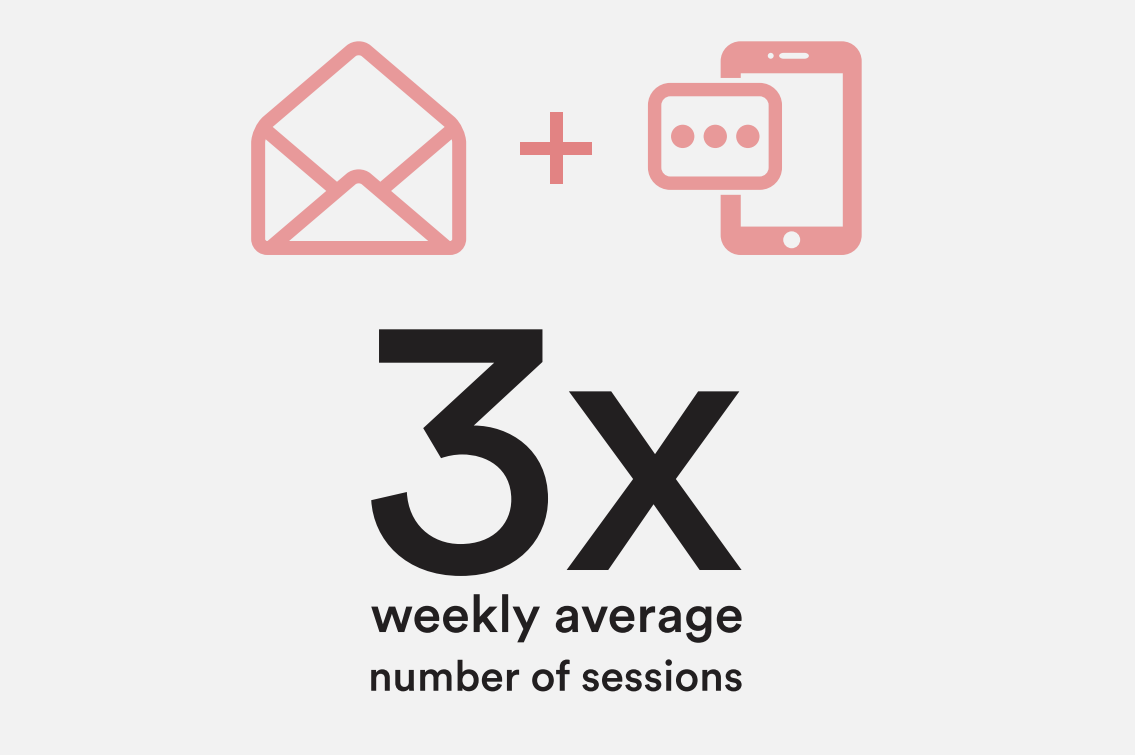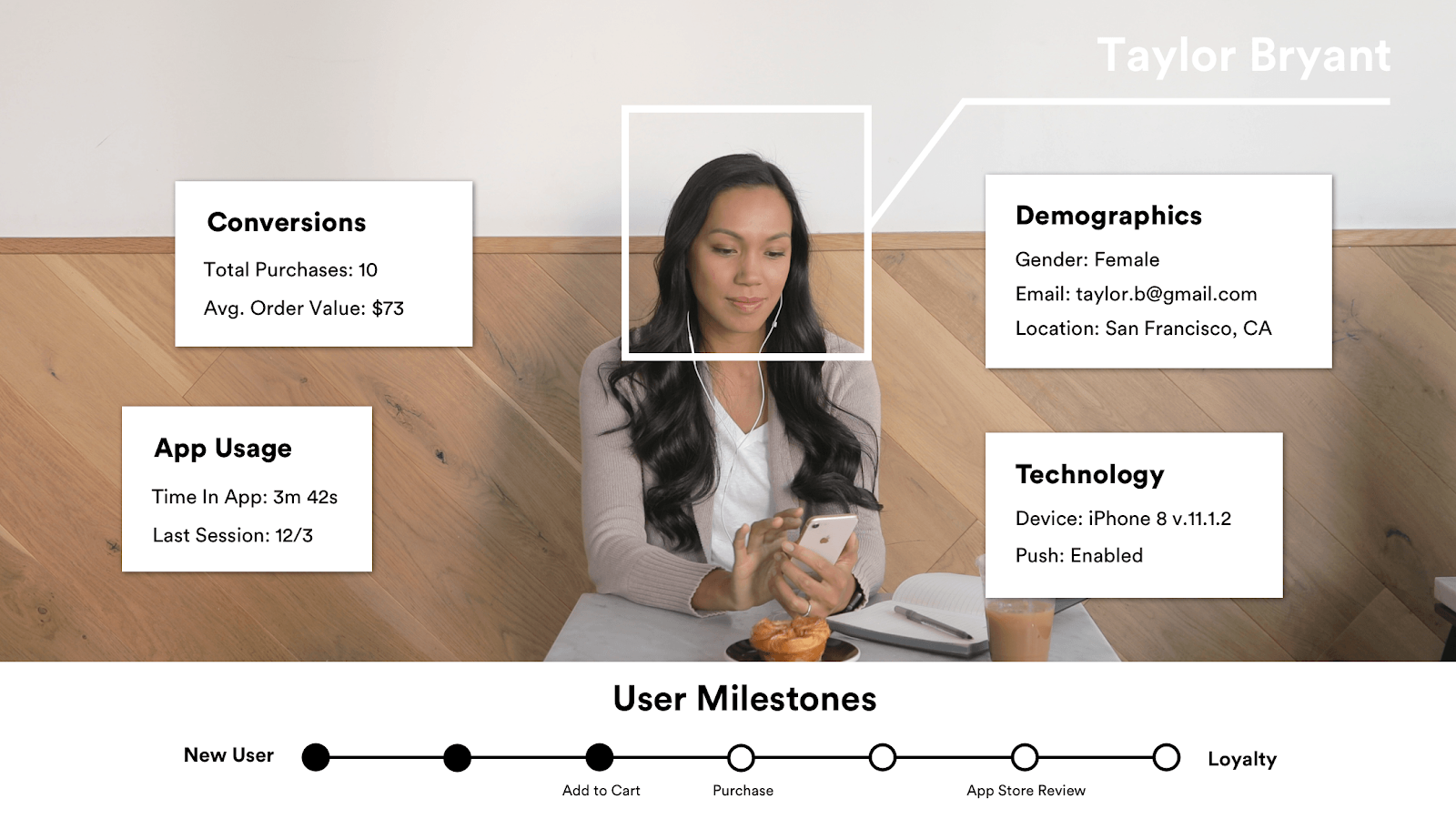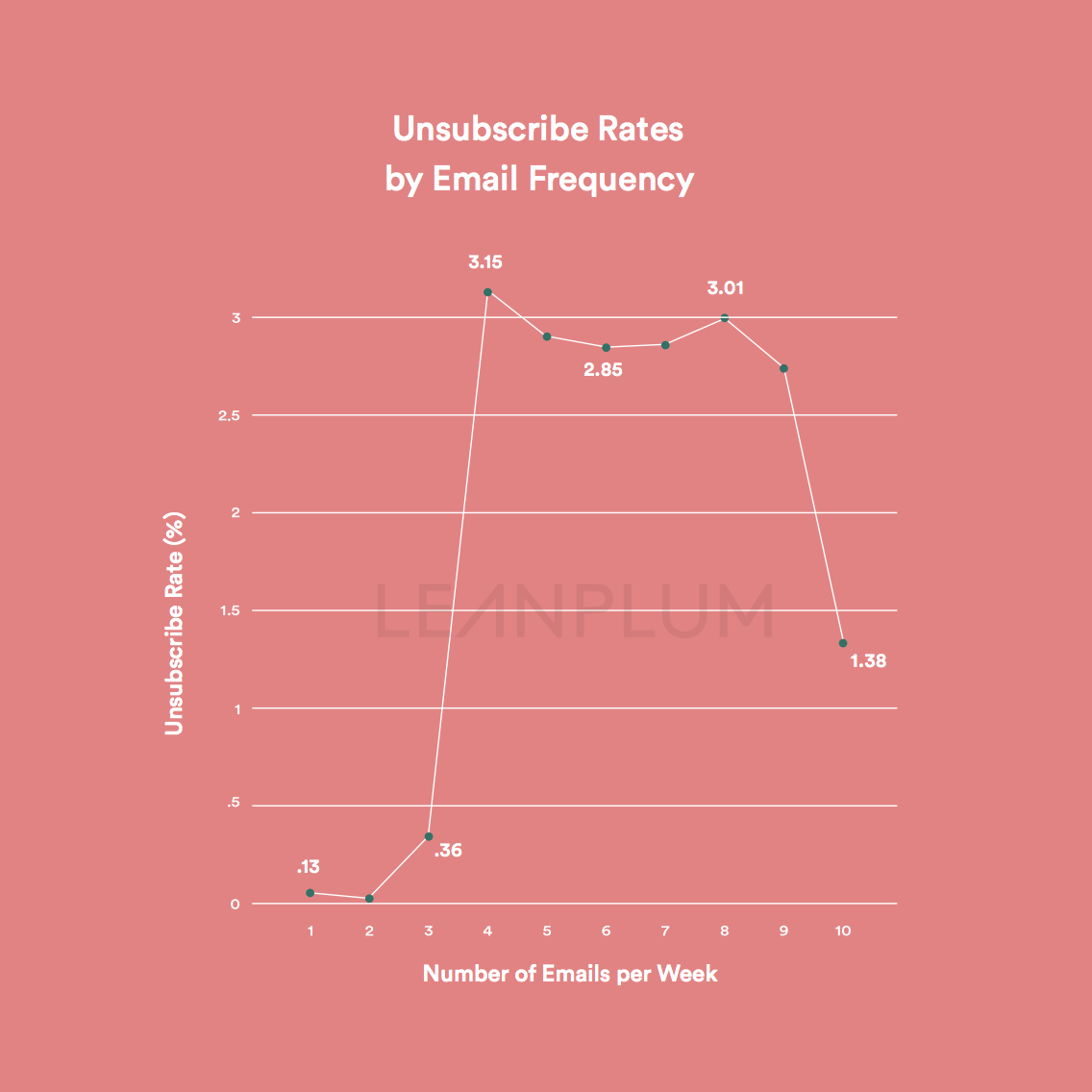
4 Best Practices for a Modern Email Strategy
Dottie is a Content Marketer at Leanplum, the mobile engagement platform for the real-time world. She is based in the Bay Area.
For mobile app marketers, email can seem like an afterthought — it’s a digital channel that’s been around since the dawn of digital.
But underestimating the power of email is a huge mistake. Everyone is on email. In the US alone, more than 85% of adults and 78% of teenagers send or use email. A whopping 99% of consumers check their personal email every single day.
To execute a comprehensive mobile marketing strategy that engages customers wherever they are — on web or mobile — savvy marketers must leverage the power of email. And more importantly, marketers must learn the secret sauce that makes an email campaign most effective. That’s why our friends at Leanplum have authored this guest blog post with four data-backed best practices to consider before hitting Send.
1. Don’t Overlook Dormant Users
Email is a powerful tool for breathing life into dormant app users.
More than 1 in 3 users who receive marketing emails are already dormant. Though this number may seem discouraging, not all hope is lost. Half of these users may come back to your app if they receive an email — a significant 50% increase in engagement.

To put this finding in perspective, say that you have 100MM total users, 35MM of which are dormant. That’s a 17.5MM boost in app opens for each message sent to the group of dormant users. This translates into significantly increased opportunities to showcase the value of your app and monetize users in the process.
2. Multi-Channel Messaging FTW (for the Win)
The goal of email isn’t just to get users to open your message, but to have users re-engage with your brand.
It turns out that sending even one email goes a long way. Data shows that users who open emails have 40% more weekly sessions than users who don’t.
But marketers can do even better.
Reaching users across multiple channels can multiply your efforts remarkably. When we analyzed the impact of sending emails alongside push notifications, the average number of sessions increased 3x.

These findings speak to the efficacy of a multi-channel approach. In your next campaign, try pairing an email with another channel, like push notifications, web push, in-app messaging, or app inbox, and watch engagement soar.
3. Personalize It Real Good
Personalization can go beyond just mentioning someone’s first name. Research shows that customers are much more likely to open emails that are relevant to their wants, needs, and interests.

A few things to consider to make your customers feel like they are your one and only:
- Customer attributes: Pull in details such as age, location, or gender for better targeting
- Behavioral triggers: Deliver messages based on user lifecycle (e.g. someone who hasn’t opened your app in a few days vs. a user who just made a purchase) to personalize email content
- Delivery time: Customize send times by time zone and consider factors like day of the week and personal peak engagement hours (e.g. someone who is most likely to engage during their morning commute)
With the right mobile engagement platform, you can build sophisticated customer personas based on past actions like purchases, likes and favorites, browsing history, and abandoned shopping cart history. This profile enables you to send relevant communications to each individual customer at just the right time.
A little personalization goes a long way.
4. Be Mindful of Send Frequency
The frequency of email sends can make all the difference between a loyal customer and an unsubscribe. But how do you know if your email frequency is hitting that sweet spot or causing users to jump ship?

Looking at the numbers, unsubscribe rates hit an all time high at four emails sent per week. By nine emails, the unsubscribe rates begin to fall. Some users may be receiving a flurry of emails but they seem to have found value in what they receive.
Don’t let the data fool you – sending your entire user database tons of emails every week is not a best practice. This trend tells us that apps sending nine or more emails per week probably aren’t blasting everyone. They’re likely connecting with loyal followers and sending emails triggered by user behavior, such as items browsed. This is a small, self-selected group of users who are interested in an app’s offerings — they’re choosing to engage by opting in to receive multiple emails per week.
That said, we suggest you experiment to find the right frequency for your segments.
As a mobile marketing veteran once said, a good rule of thumb is to innovate 20% of the time and play it safe the rest. Sending three emails (or less) a week is a standard best practice to adopt in your mobile strategy but increasing the cadence as an experiment may just unearth loyal users that are hungry for your content.
Transform Your Email Strategy for the Mobile World
In this day and age, growing email as a core part of your mobile marketing strategy is a must. But generic emails without targeting or a coordinated multi-channel strategy aren’t enough. With these best practices in your arsenal, you’ll be equipped to win the hearts and minds of users.
For more insights on the role of email in a modern mobile marketing strategy, download Leanplum’s report, Not Your Grandma’s Email: The Transformation of Email in a Mobile World.
About Leanplum: Leanplum is a mobile engagement platform built for forward-looking brands to meet the real-time demands of their customers. Our platform transforms data into an understanding of users’ context, empowering brands such as Tinder, Grab, Tesco, and Zynga to deliver unified experiences that are timely, relevant, and tested — creating the customer loyalty that fuels business growth. Leanplum is recognized as Fortune’s Best Companies to Work For, SF Business Times’ Best Places to Work, and Best Entrepreneurial Companies in America by Entrepreneur magazine. Learn more at www.leanplum.com.
